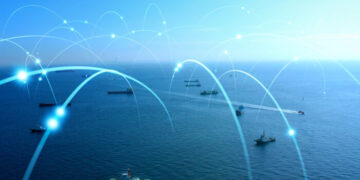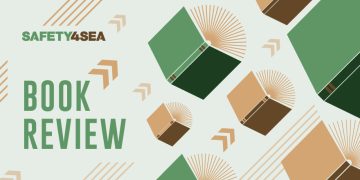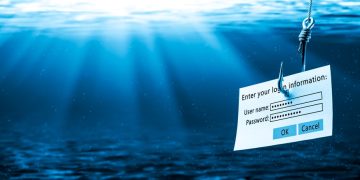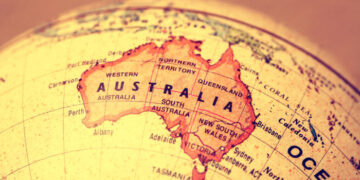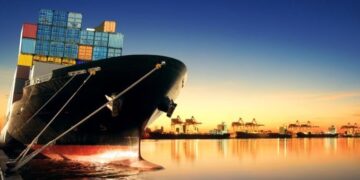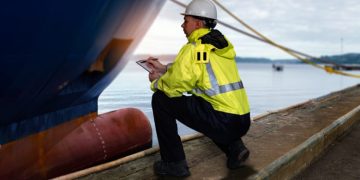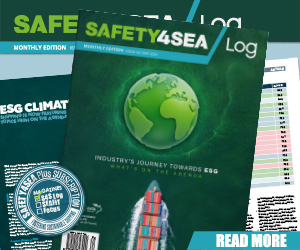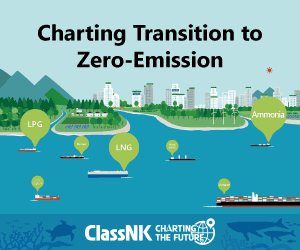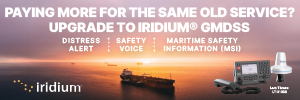Safety working aloft or overside Dangers
Britannia P&I Club issued Health Watch Volume 2, Issue 3 December 2013 including accident prevention. If you fall from a height, whether overboard or onto the deck, this could be fatal or you could be seriously injured. If you dont follow proper procedures, or if you use faulty or old equipment, this could result in a fall. You could also put yourself and people working below you at risk if tools or other objects are not secured properly and are dropped from a height.
Read more





